PHEAL Principles
PHEAL - Planning for Health Equity, Advocacy, and Leadership
A Blueprint for the COVID-19 Era
Preamble
Addressing public health inequities has never been more pressing than now. Planners, architects, designers, urbanists, placemakers, civil engineers, artists, culture-bearers, arts and culture practitioners, landscape architects, real estate developers, public health professionals, and public servants must embrace and advance an agenda for health equity. According to the Robert Wood Johnson Foundation, "health equity means that everyone has a fair and just opportunity to be as healthy as possible. This requires removing obstacles to health such as poverty, discrimination, and their consequences, including powerlessness and lack of access to good jobs with fair pay, quality education and housing, safe environments, and health care.” Furthermore, planning, design, and distribution of land uses play a significant role in health outcomes. In fact, our ZIP code matters even more than our own genetic code when it comes to health outcomes and life expectancy. The places where we live, work, play, learn, and age provide or preclude opportunities to achieve optimal health.
Unquestionably, everyone deserves an optimal well-being and access to the resources needed to thrive. For this very reason, this blueprint advocates for centering the voices of those who have been traditionally underrepresented in planning processes. This omission has resulted in policies and plans that have severed and devalued communities, actively denied them opportunities to build wealth, and created conditions that produce adverse health outcomes and hamper well-being.
Although the term “community” includes all active and passive actors in its development, for the purposes of this document “community” refers in particular to “historically overburdened communities with health inequities.” These communities are composed of Black, Indigenous, People of Color (BIPOC), low-income, immigrant, and other historically marginalized/under-represented populations who live in neighborhoods impacted by private and public policies of planning, financing, construction, and maintenance of infrastructure, and who experience negative health outcomes, a lack of basic human needs, and few, if any, opportunities to thrive.
The disruptive nature of COVID-19 has triggered unprecedented waves of economic, social, and political crises engulfing our world. The pandemic has also exposed patterns of health inequities and injustices prevalent in historically overburdened communities with health inequities. Such inequities are further magnified by the impacts of climate change. Flooding, excessive heat, wildfires, water and soil contamination, food shortages, and disease vectors associated with changing ecologies carry especially severe health implications for low-income and marginalized communities.
Amid this experience, the recent explosion of long-simmering racial tensions indicate an urgent need to resolve racial inequities that exacerbate health inequities. This document is a call to action to build the bridges needed to get us beyond this current pandemic and into an era of heightened awareness of, and response to, our collective health risks. This is a call for a fundamental shift in the power dynamics of community development and health.
This blueprint is specifically intended to serve as a tool for professionals and technical experts working at public, private, and non-profit organizations that operate in urban, suburban, rural and other settlement contexts in the following broad fields: planning, urban design, architecture, landscape architecture, civil engineering, transportation, community development, real estate, parks and recreation, sustainability and resilience, green building, public health, and any other professions related to the impact of the built environment and health outcomes.
On May 29, 2020, a group of thought leaders and change makers accepted an invitation to come together on their own accord to develop this set of guiding principles for planning for health equity, advocacy, and leadership in the time of COVID-19 and beyond. This document captures the essence of what we are doing to center health and racial equity in our professions and practices, and it is intended to serve as our first step toward achieving meaningful collective impact.
Vision
As the COVID-19 era unfolds, we envision a strategic, transdisciplinary collaboration amongst the fields shaping the evolution of communities in which health equity and racial justice are intentionally embedded front and center throughout all policies, practices, and norms.
Mission
To reaffirm and expand the commitment of those involved in community planning and public health; to break down the obstacles preventing transdisciplinary, transformative collaboration; to dismantle oppressive systems, beliefs, values, and practices that negatively affect Black, Indigenous, and People of Color, low income, immigrant, and other historically marginalized/under-represented communities (historically overburdened communities with health disparities); and to reorganize our systematic approaches to lead toward the path that will genuinely create and nurture healthy, equitable, and prosperous communities.
Values
The PHEAL guiding principles are anchored by the following core values:
Mutual respect, kindness, empathy, and above all, love;
Courage in standing up against injustice and unfairness;
Centering health and racial equity in our conversations;
Holding each other accountable;
Employing the power of collective impact;
Recognizing contributions, leadership, experiences, stories, and hopes of historically overburdened communities with health inequities;
Inclusion of all identities, human traits, and unique characteristics spanning across race, ethnicity, class, age, gender, gender identity and expression, religion, culture, sexual orientation, education, physical and cognitive ability, immigration status, national origin, geography, and other identities; and
Recognizing the central role that culture, community, and history play in creating healthy or unhealthy communities, and acknowledging that the public health and planning fields are instruments of such outcomes.
